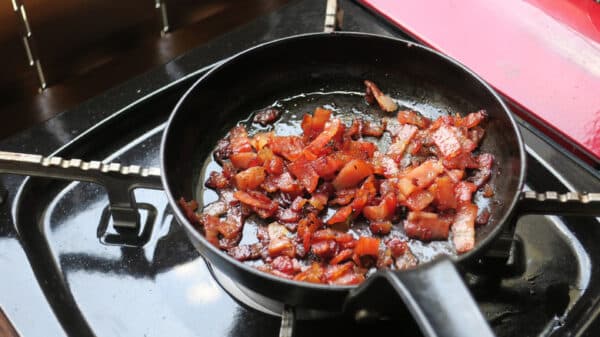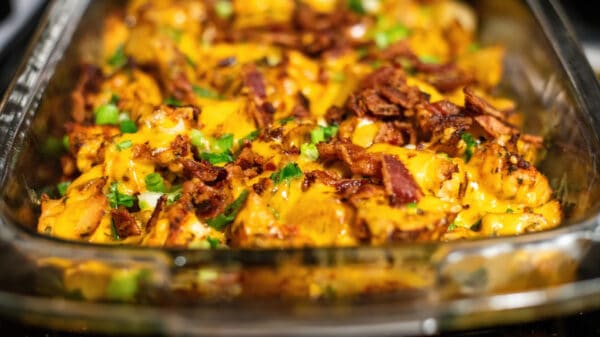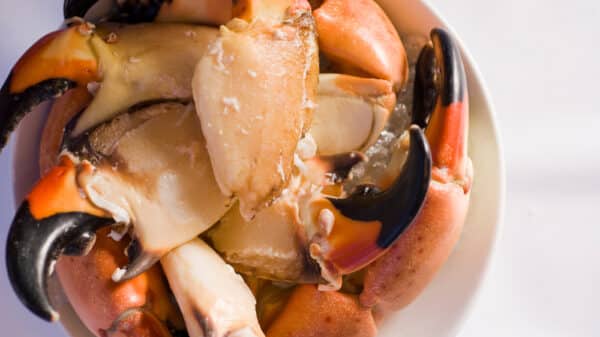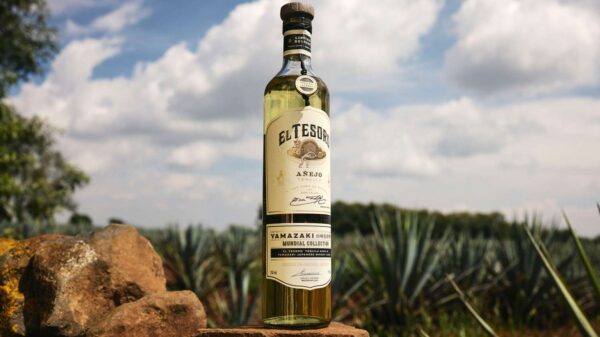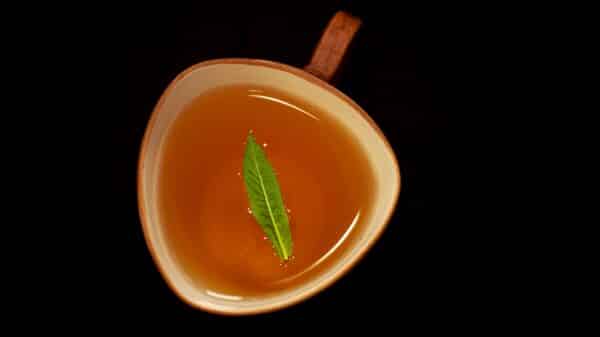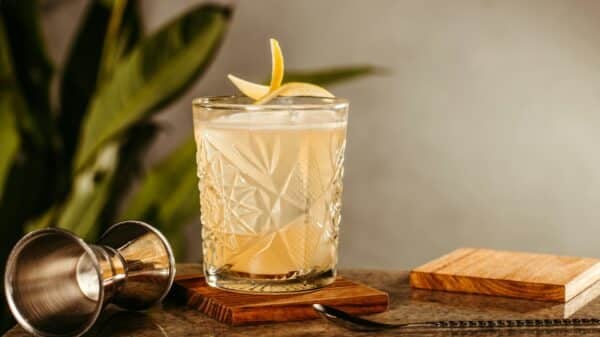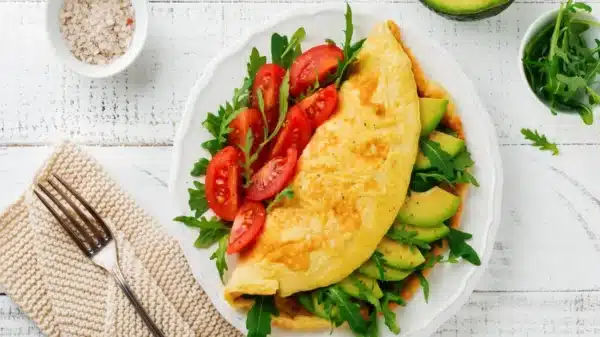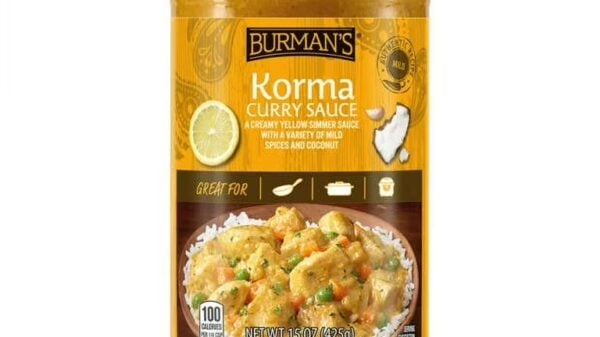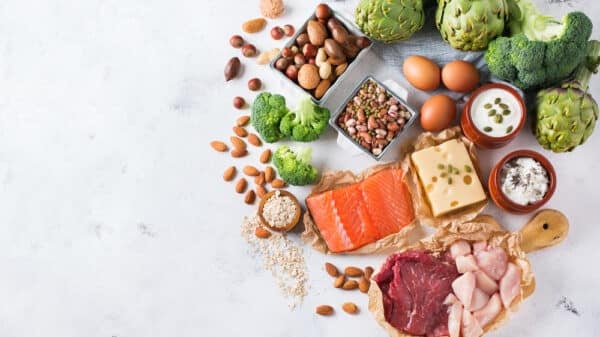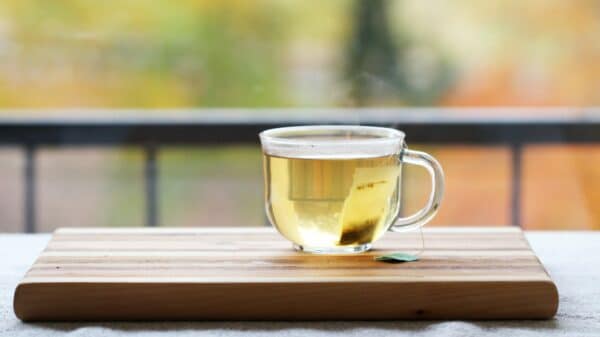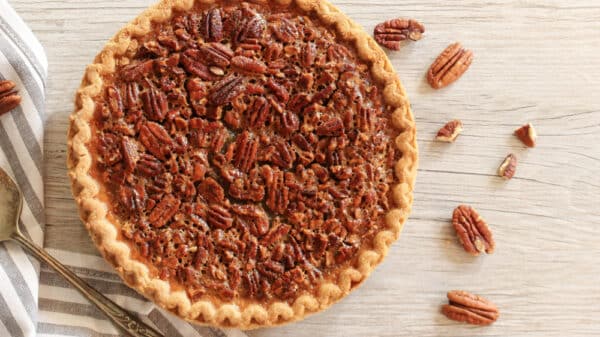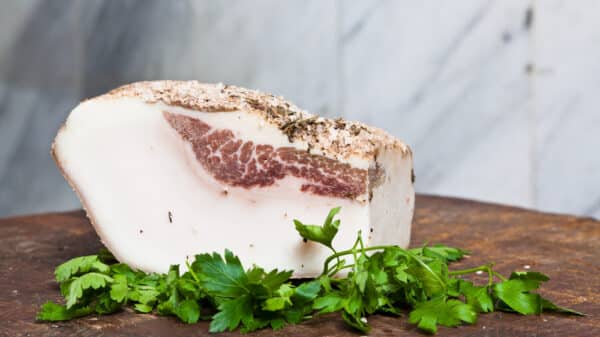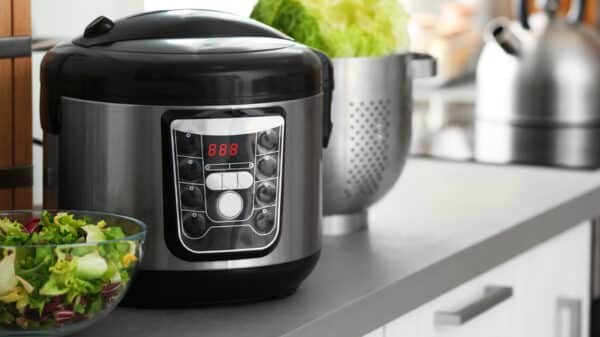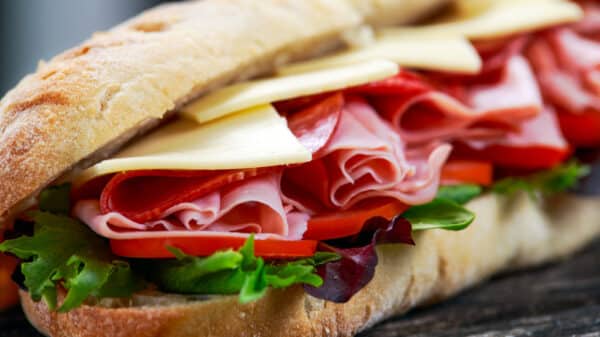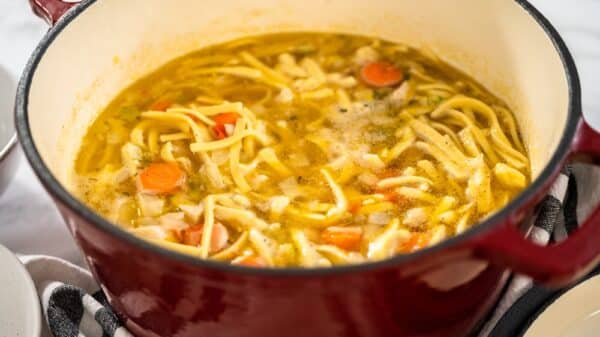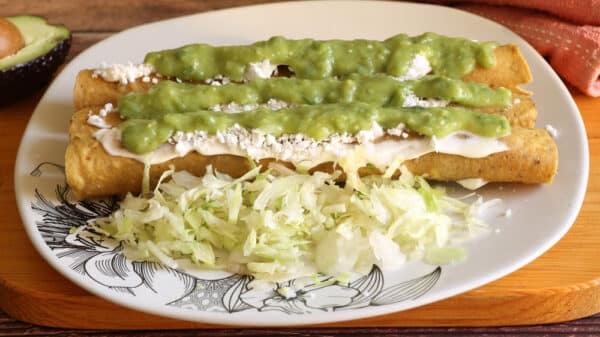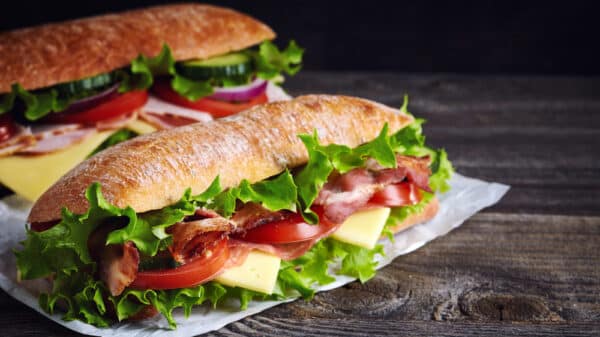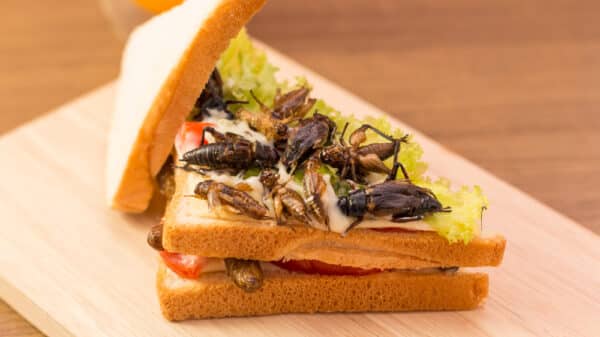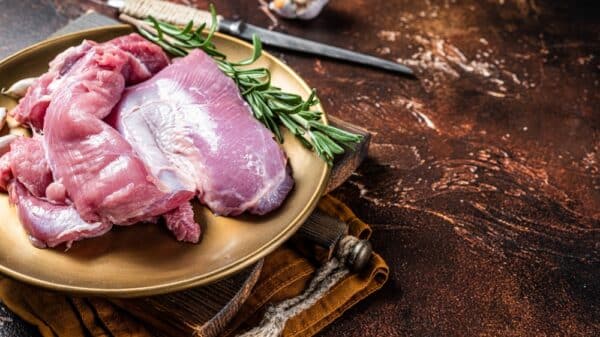A margarita is one of those classic cocktails everyone should try at least once. Though it might seem deceptively simple, the art of crafting a great margarita is anything but easy. It’s precisely why margaritas from a bar often hit the spot better than your homemade attempts. Skilled mixologists pour their expertise into every drink they prepare, ensuring each margarita is a delicious experience.
If you’ve ever been let down by a DIY margarita, you might be curious about what professionals do differently. I’ve had my fair share of bartending experiences, which gave me insights into what makes a margarita great. Additionally, I consulted seasoned bartenders and mixologists to uncover their secrets. This journey will explore the reasons why margaritas from bars are often superior to the ones we whip up at home.
Ingredient quality is a crucial factor. While pros put immense thought into choosing their ingredients, many home mixers might rely on whatever is handy. Techniques like shaking methodology or even how you salt the rim also matter significantly in elevating the final product. Dive into this article as I decode how bartenders elevate margaritas — it might inspire you to up your home cocktail game!
Bartenders Avoid Premade Mixers or Bottled Lime Juice for Margaritas
Let’s be honest: when you whip up margaritas at home, are you squeezing fresh limes, or are you reaching for a premade mixer? If you’re doing the latter, it’s not surprising that your margaritas don’t quite measure up to those at your favorite bar. Expert bartenders steer clear of those bottled mixes—it’s a rule they stand by.
“Don’t touch the stuff,” warns Levi Tyma, bartender and general manager at Central Park Bar in Chicago. He emphasizes the importance of fresh lime juice; the bottled version is just not worth it. Once limes are juiced, they lose their vibrant flavor quickly. Plus, packaged lime juice often contains preservatives and is squeezed from lesser-quality limes. Sure, it’s convenient, but committing to fresh limes is essential for crafting a stellar margarita — it’s a tip every good bartender knows.
Aubrey Slater, head mixologist for Saint Luna, wholeheartedly agrees. “It would not be a margarita without the lime,” she notes, adding that the type of limes used shouldn’t be an afterthought. “You can even experiment with different kinds. While Persian limes are the standard, trying Kalamansi or Key limes can change the flavor profile significantly.” These small choices can make a world of difference!
Margaritas from a Bar Are Made with a Careful Choice of Tequila
Tequila is the backbone of any margarita, yet when concocting drinks at home, you might grab the first bottle you find in your cabinet. However, bartenders think seriously about their tequila selection. While preferences may vary, professionals tend to choose their spirits with intention, knowing how each choice will impact the final cocktail.
Aubrey Slater leans toward using reposado tequila for her margaritas, which translates to “rested.” This aged tequila boasts a warm gold hue and offers a smoother, more nuanced flavor profile. “It introduces subtle notes of vanilla and wood,” she explains, which adds complexity to the drink.
On the other hand, Levi Tyma bases his tequila choice on his customers. “I prefer a nice blanco,” he says, referring to the clear, unaged version that’s vibrant and grassy. If someone leans toward a sweeter enticement, Tyma suggests Casamigos Reposado. But if you’re unsure of your preference, remember that it’s all about trial and error — don’t be afraid to experiment!
Mixologists Think About Which Orange Liqueur to Use in Margaritas
While most recognize that tequila and lime are the key components of a margarita, it’s easy to overlook the contribution of orange liqueur in home recipes. But the right orange liqueur can elevate your margarita, and professional bartenders are keenly aware of its importance. They’ll choose it with care, knowing exactly how it adds to the drink’s overall profile.
Aubrey Slater highlights the significance of quality in orange liqueur. “A good triple sec is essential,” she says, sharing her preference for the classic Cointreau. Although you can explore fancier brands, starting with a well-regarded option is always a wise move. Proper balance is key, and the right liqueur ensures that each ingredient shines through without overpowering the others.
Levi Tyma, a seasoned bartender, swears by Pierre Ferrand Dry Curaçao for elevating his margarita game. Though he acknowledges the price tag—“It’s a bit pricey, but it’s worth every penny”—he considers it more of a supporting player than the lead in the cocktail ensemble. “I use a little less triple sec than most recipes call for,” he shares. He usually opts for about half to three-quarters of an ounce, instead of the standard full ounce. This subtle adjustment helps him create a margarita that’s balanced but still vibrant.
When you’re at a bar enjoying a margarita, you might find that the harmony of sweet and salty flavors is just right. For many home cooks, achieving this balance can be elusive. Tyma has a simple trick: he adds a pinch of salt directly into his margaritas. “That little bit of salt makes all the difference,” he explains. It’s this touch that softens the acidity of lime juice while enhancing the sweetness from the triple sec. The result? A refreshing cocktail that dances on your palate rather than stinging your taste buds.
Bartenders dedicate time honing their craft, particularly when it comes to nailing that sweet-salt balance. They often start with just a smidge of salt—sometimes using a saline solution to distribute it evenly—and taste the drink, paying attention to whether the sweetness is shy or the acidity is too sharp. It’s a meticulous process of adjustments and refinements, aiming for that perfect sip, which Tyma believes is crucial for a quality margarita.
You might think shaking a cocktail is as simple as giving it a good rattle, but there’s a technique behind the art, and professional bartenders are known for their methodical precision. For those looking to elevate their home cocktail-making skills, Tyma suggests practicing your shaking technique. “Think about rotating the ice inside the shaker in a figure-eight motion,” he advises, rather than just frantically shaking it back and forth. There’s a rhythm to it, and getting it just right can make a world of difference.
Aubrey Slater, another skilled bartender, swears that large ice cubes are the way to go for shaken citrus drinks. But she also has her own cheeky spin on the traditional margarita preparation. “I prefer a dirty dump with my marg,” she confesses, laughing. “That’s when you just dump the cocktail into the glass without straining.” Tyma refers to this approach as a “roll,” which results in a cocktail that has a rustic charm—think bits of lime pulp and shards of ice mingling in the glass.
One tactic you might notice in bars is the half-salted rim—a secret ingredient in many bartenders’ toolkit. Instead of fully salting the rim of the glass, they often opt for just half. This not only allows drinkers to control their salt intake but also keeps the balance of flavors in check. “Salted rims have the power to balance sweetness and sourness,” Tyma points out. However, he warns that too much salt can make a drink overly briny.
Slater prefers to offer a half-salted rim to give her customers a choice. “I personally like my margarita without salt, but I know many people love it,” she explains. This way, anyone who enjoys a salty kick can have it, while those who prefer a pure margarita can sip in peace.
Ultimately, while salt can accentuate flavors, moderation is key. “The salt rim definitely impacts the final product,” Tyma reiterates. He emphasizes that while a salt rim can enhance the cocktail, it should complement—not overpower—the drink, especially if you’ve already incorporated salt into the mix.
When it comes to crafting a classic margarita, simplicity reigns supreme. Good bartenders agree: The best margaritas are often the simplest. As Slater wisely puts it, “If it ain’t broke, don’t fix it.” She adheres to a three-ingredient recipe—tequila, lime, and triple sec—that she believes encapsulates the very essence of this beloved cocktail.
Not every bartender is this puritanical though; some, like Tyma, are open to lightly sweetening the mix with agave nectar or simple syrup for those who prefer a little extra sweetness. The beauty of the margarita is that while it’s all about tradition, there’s always room to make it your own. Whether you’re a purist or someone willing to experiment, the key lies in balance, allowing the cocktail to shine in its own right.When it comes to crafting a margarita that hits the right notes, the details matter—especially when it comes to choosing your liqueurs. A classic margarita can be light and refreshing, but adding a splash of orange curaçao instead of standard triple sec can elevate the drink. Orange curaçao, made from the peels of bitter oranges, offers a richer and more complex flavor profile. This small twist can take your margarita from ordinary to extraordinary, providing a delightful hint of the unexpected.
Every bartender has their interpretation of simplicity, and that’s what adds character to each drink. Some swear by a strict three-ingredient rule, while others indulge a bit more in creativity. So, the next time you sip on a margarita crafted by a mixologist, know that while the ingredients may seem understated, there’s a world of skill and thought behind that seemingly simple concoction.
Finishing touches are where the magic happens, transforming a good drink into a great one. Sure, sticking to the traditional margarita base is fantastic, but don’t be afraid to experiment with garnishes that can amp up both flavor and aesthetics. Levi Tyma encourages creativity in this space—whether it’s a classic lime wheel elegantly perched on the rim or a whimsical skewer of Tajín-dusted strawberries that sparks curiosity. Each variation tells a story, allowing you to enjoy a bartender-quality margarita experience right from your kitchen.
And speaking of creativity, seasonal variations crafted by bartenders elevate the margarita experience. Many establishments proudly showcase inventive twists that reflect the time of year. As Aubrey Slate notes, this could mean infusing a simple syrup with hot peppers for a zesty kick, or using blood oranges and pink grapefruits for a fruity upgrade. At Central Park Bar, Tyma’s signature Frozen Spicy Mango Margarita has become a fan favorite, especially in warmer months. They blend spicy tequila with mango purée to create a taste sensation that keeps customers returning, season after season.
Trust in traditional recipes and ratios is vital in the world of cocktail crafting. The magic of a bar margarita lies not just in the ingredients, but in the precise measures. “A classic margarita ratio is typically 2 ounces of tequila, 1 ounce of triple sec, and 1 ounce of lime juice,” Slate explains. This reliable formula acts as a foundation, allowing for experimentation while rooting the creation in balance. Many home bartenders struggle with common pitfalls, such as overdosing on tequila or failing to achieve the right sweet-sour equilibrium. Having a dependable recipe is key, and as you gain confidence, it’s easy to scale up for gatherings.
Tyma’s approach is a little more intricate, yet still deeply rooted in classic methodology. His balanced recipe incorporates 2 parts tequila, 1 part lime (or lemon) juice, half part triple sec or orange curaçao, and a half part of simple syrup or agave nectar. This balance ensures a hint of sweetness without overwhelming the palate and keeps the alcohol content comfortably moderate.
Finally, let’s not underestimate the power of presentation. Have you ever noticed how a margarita from a bar just feels more exciting? Often, this can be attributed to careful attention paid to its appearance. As Aubrey Slater wisely states, “You eat with your eyes first.” This philosophy extends beyond just food; a well-presented drink can significantly enhance your overall enjoyment. Take that extra moment to ensure your salt is applied neatly and opt for a fresh lime wedge, trimmed to perfection. Such meticulous details not only make the drink look more appealing but also enrich the overall experience.
And let’s talk about glassware—using the right glass can elevate your drink visually, too. While classic stemmed margarita glasses are a staple, consider a double rocks glass for a more relaxed feel. Investing in attractive glassware can delight your senses and make those home mixology moments special.
Creating the perfect margarita involves loving attention to detail, from ingredient choices to presentation. Embrace creativity, and remember that while it’s about simplicity, it’s also about individuality. So, pour yourself a drink, take a bite out of the experience, and enjoy every zesty moment.
Image Source: guys_who_shoot / Shutterstock


